Tahiya Karioka is an Egyptian household name in Egypt, an icon of Oriental dance in Egypt and the region at large. She is known for her loyalty to authentic oriental music and dance, free of Western influences. Her curvaceous body, deeply sultry gaze, and the rhythmic sway of her hips ensnared the attention of the Egyptian public for decades.
With over 200 productions under herbelt, she was not only a talented dancer. Karioka was a gifted and skilled actress as well, having participated in films, series, and plays spanning multiple genres and adopting startlingly different roles.
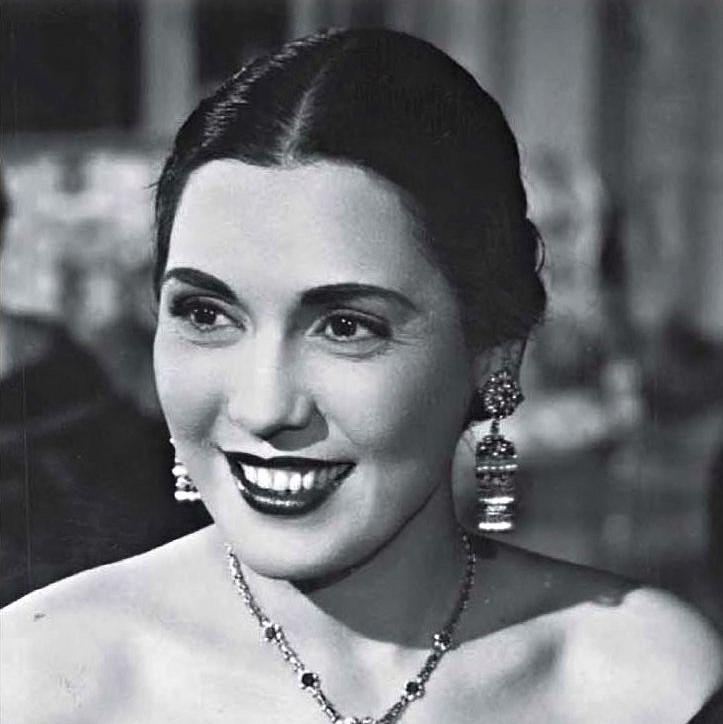
However, behind her tempting smile and star status wasa fierce woman who was neck-deep into the political affairs of Egypt, pre and post the 1952 revolution.
Of humble origins
Tahiya Karioka was born Badawiya Tahiya Mohamed Aly Karim, in the Egyptian province of Ismailia, during 1915. As a child, Badawiya showed talent in acting and dancing, both of which were frowned upon talents and activities, especially when the performer is a woman. Badawiya’s brother deeply opposed her dancing, in the name of her reputation and the family’s honor, and beat her repeatedly for it. As a teenager, Badawiya ran away to Cairo, where she met Soad Mahasen.
Mahasen was, at the time, a famous Syrian singer and dancer based in Egypt, whose songs were lively and constantly played in her salon in Alexandria. Salons belonging to women dancers at the time, were polite terms used to refer to these womens’ casinos. When Mahasen was forced to return to Syria with her husband, she left Badawiya in the capable hands of her colleague and friend, Badee’a Masabny.
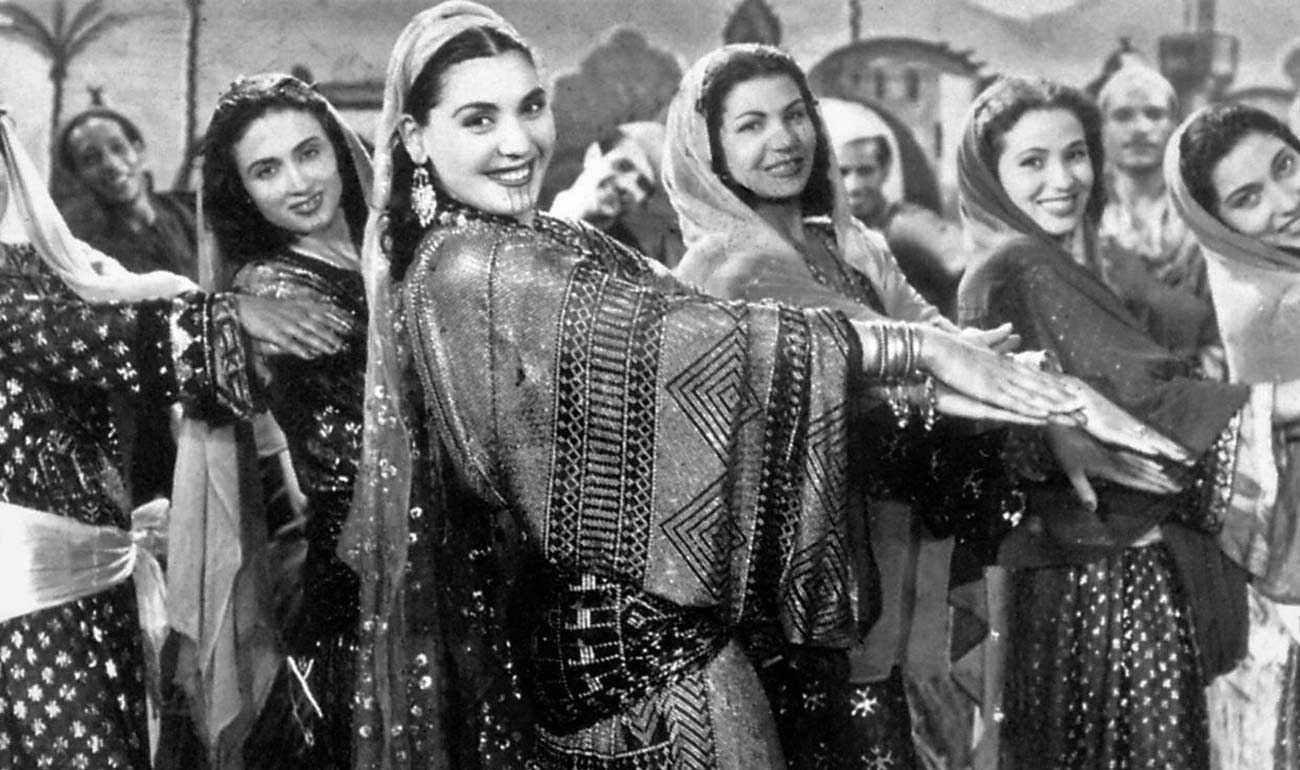
Masabny was a Syrian-Lebanese singer and dancer, whose casino was located in the heart of Cairo. Kings and princes from all over the world, including King Farouk of Egypt, would convene at Badee’a’s Salon to listen to the latest songs, and watch the most talented of dancers. Badawiya’s name ‘Tahiya’ was given to her by Badee’a, while her stage last name was afforded to her by the masses, who witnessed her perfect rendition of the world-famous Karioka dance at Badee’a’s Salon.
The Karioka or Carioca, as it is originally known and spelled, is the name of a 1933 song and dance that appeared in the film Flying Down to Rio (1933) and gained global attention.
The rise of a star
Badawiya Aly Karim died then, and Tahiya Karioka was born.
Karioka rose to fame in 1940, five years after joining Badee’a’s dance group and performing at her salon. However, Tahiya’s fame cost her. Her sister, Fatema, was married to Aly El-Gedawy, who divorced her when Tahiya rose to fame. Fatema’s husband disapproved of her sister Tahiya’s career, even more so when she gained enough fame to be known throughout the country as a dancer. He refused to stay married to a woman whose sister had such a ‘dishonorable’ profession, and was famous for it. Upon her divorce, Fatema left her daughter, Ragaa El-Gedawy, with Tahiya in Cairo.
During that time, Egypt was suffering under the weight of British colonialism and the World Wars. Yet, Tahiya would step on the stage at night, as usual, only to take her car after her performance, armed with a trunk full of weapons, to Ismailia where the Egyptian feda’eyeen (volunteer soldiers) would be based, fighting against the British. In fact, Tahiya kept the habit long enough that the feda’eyeen named the drop-off point where they met her ‘Tal Tahiya’ or Tahiya’s Hill in Ismailia.
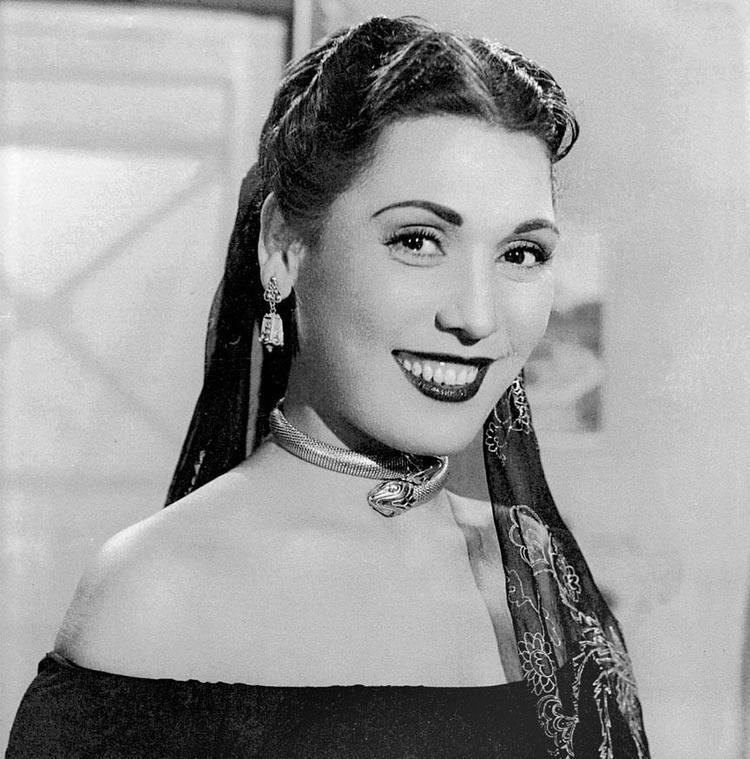
By 1951, Tahiya had starred in multiple iconic movies including Le’bet El-Set (1946) and Mandeel Al Helw (1949). She was also three years into her eighth marriage to legendary actor Rushdy Abaza. One of the often told anecdotes is that Tahiya Karioka taught Rushdy Abaza how to smuggle weapons to the feda’eyeen in her stead, helping him perform his ‘first’ act of political resistance against British colonialism.
Unfortunately, later that year, on a trip to Lebanon, Karioka caught Abaza’s entanglement in an affair with a French woman, in a bar in Al-Hamra. An epic fight occurred, where Karioka dragged the woman by her hair, and demanded a divorce.
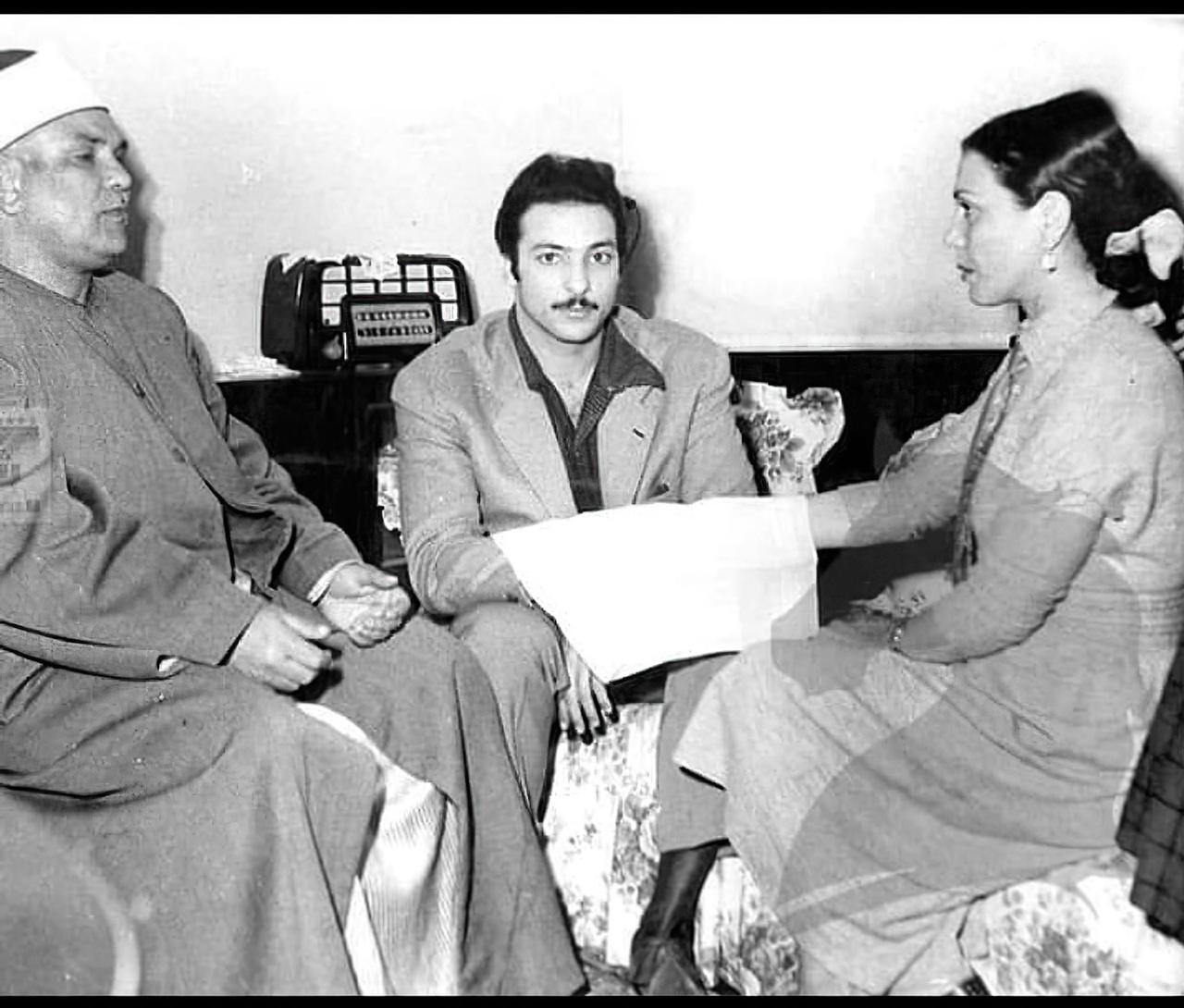
Another famous anecdote, pre-independence, is of the time Karioka, secretly helped then-officer Anwar Al-Sadat hide from British soldiers. At the time, Sadat had recently escaped from one of their detainment facilities and Karioka’s sister, Fatema, housed him in her house in Ismailia for almost a year.
It was nonetheless clear that Karioka had a penchant for nationalistic work, alongside her creative career – one that is easily overlooked in her reputation as a belly-dancer and actress.
It was also in 1952, during the Free Officers’ movement to overthrow the British-appointed monarchy, that Tahiya Karioka married Free Officer Mostafa Kamal Sedky. Nationalist propaganda was, at the time, deeply encouraged by the Free Officers and the people. However, Sedky left the group, disapproving of their staging of a coup d’etat. Together, Sedky and Karioka would secretly distribute pamphlets inciting the masses to riot against the Free Officers.
From incarceration to continued activism
When the government discovered both the pamphlets and Karioka’s secret marriage to Free Officer Mostafa Kamal Sedky, they arrested her, marking Karioka’s first stay in prison, in 1952. It was either before or after her arrest that Karioka uttered one of her many famous phrases: “ذهب فاروق وجاء فواريق” (A corrupt leader has gone and many corrupt leaders have arrived in his stead).

Leftist activist Naela Kamel, also known as Mary Rosental, is a Jewish Ukrainian-Italian communist born and raised in Egypt, known for being one of the last remaining foreigners from cosmopolitan Egypt who were deeply involved in Egyptian revolutionary circles. Naela Kamel says that Karioka is one of the figures who affected her most during her five year stay in prison.
“When she [Karioka] enters the prison, the prison stands on one foot. Female political prisoners and others, female prisoners of all ranks, all day long, try to pass by her cell or glimpse her shape from afar. The officers also, and even the prison director himself, goes to her in the cell, for the sake of peace, welcoming her, offering his services and providing for her requirements,” said Kamel to her daughter, Nadia Kamel, and was published in Nadia’s book Al-Mawluda (2018).
Karioka used her afforded privilege in prison to protect political prisoners and other female prisoners from the inhumane conditions they were forced to live in.
Karioka made headlines at the time when she led a strike inside the prison demanding the basic human rights of the prisoners. She was not only their leader in name, but also in action, as she started a riot by going on a hunger strike along with the other prisoners. They maintained the strike until a human rights commission visited the prison, and the prison warden was replaced.
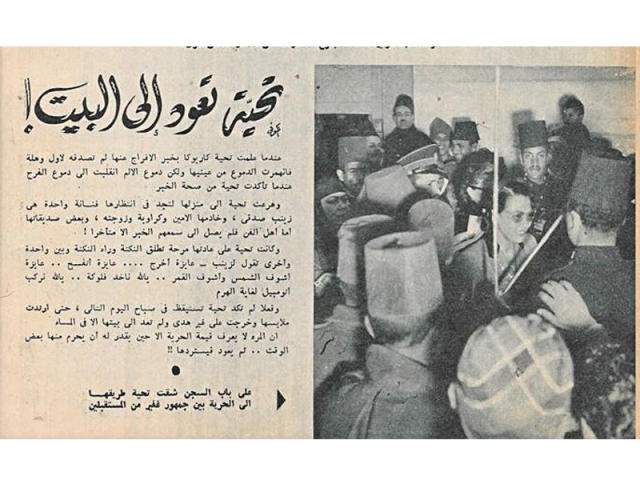
After her first stint in prison, Karioka often opened her home to ex-political prisoners or female prisoners while they recovered from their stay in prison.
Karioka bounced back from her multiple stints in prison and let her political work seep into her performances as an actress. She participated in films and plays that were ripe with political satire and social commentary, especially throughout her later years on the stage as a performer and on the silver screen. Particularly during Sadat’s rule, Karioka participated in films that critiqued Nasserist rule and ideology vehemently, if sometimes subtly.
As a woman, Karioka breaks many stereotypes. She took on a profession that was severely looked down upon, had to raise her niece by herself, and had all her money forcibly taken by her last husband. Karioka handled her personal affairs and managed to not only become a star, but an icon, all the while being invested in political affairs. She proves that there’s no binary between being a wife, a mother, an actress, a dancer, or a revolutionary.






Comments (3)
[…] […]
[…] Read original article here […]